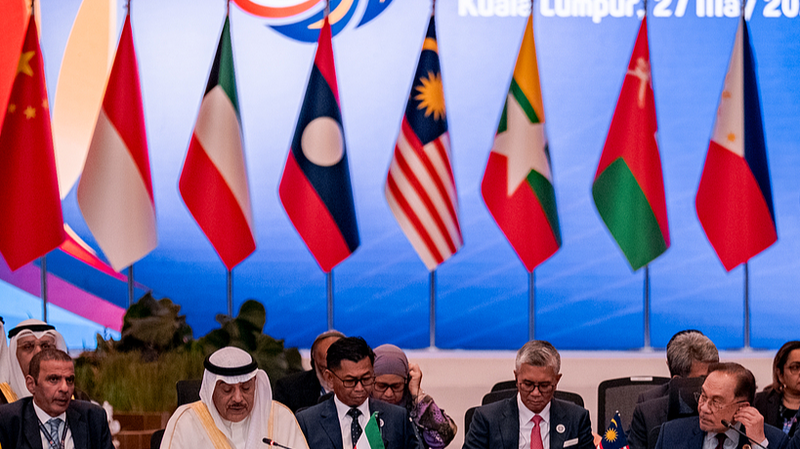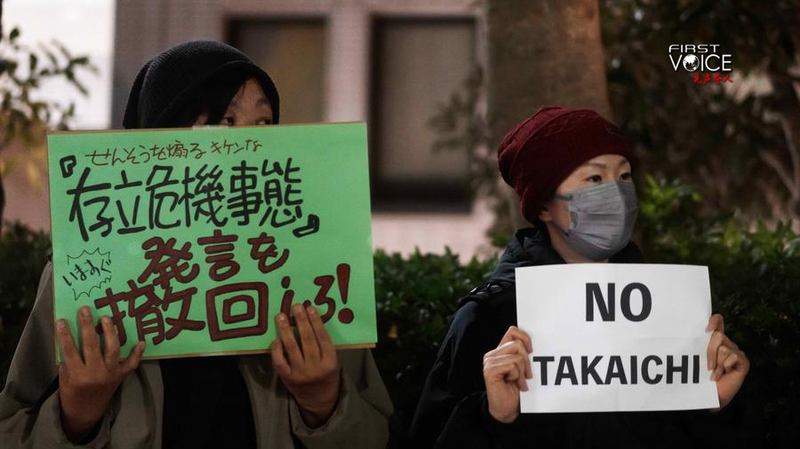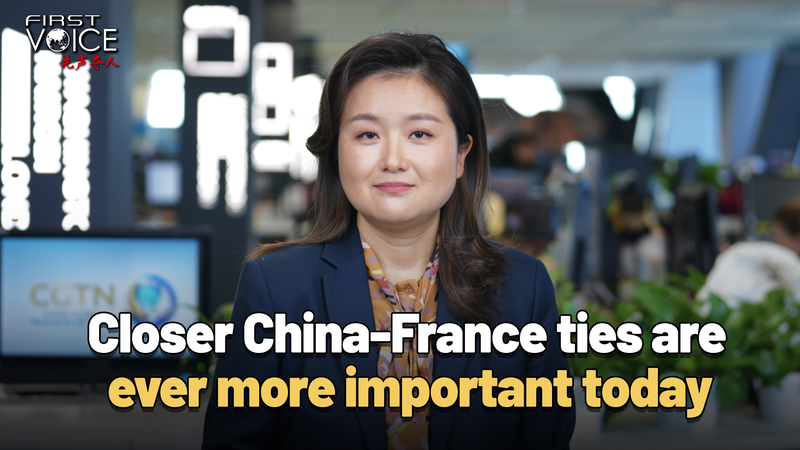On May 27, 2025, Kuala Lumpur hosted the inaugural summit uniting all 10 ASEAN members, the Chinese mainland and the six Gulf Cooperation Council (GCC) states—Saudi Arabia, the United Arab Emirates, Kuwait, Bahrain, Qatar and Oman. Against a backdrop of deep historical links, leaders gathered to forge new pathways in energy, trade and investment, aiming to reinvigorate global growth.
Together, these economies account for over 2.1 billion people—around one in four humans—and a combined GDP of $24.87 trillion, more than 25 percent of the world’s output. Their foreign trade volume similarly represents about a quarter of global merchandise trade, underscoring the weight this trio carries in shaping economic governance.
Each partner brings unique assets: ASEAN’s bustling manufacturing hubs and a nearly 700 million-strong consumer market; GCC members’ vast energy reserves and sovereign wealth funds; and the Chinese mainland’s robust industrial capacity, tech innovation and world-class infrastructure. By weaving these strengths together, stakeholders see enormous potential for market integration, supply-chain resilience and tech-driven growth.
In an era of rising geopolitical fragmentation, deepening this trilateral partnership offers a timely boost to economic resilience. Leaders called for stronger regional connectivity, new institutional frameworks and collaborative infrastructure financing. Joint initiatives in renewable energy, artificial intelligence and the digital economy could unlock fresh avenues for cooperation and sustainable development.
For ASEAN nations—whose growth hinges on open trade—the summit signals both a commitment to the rules-based multilateral system and a shift toward a multipolar world. By expanding alliances beyond traditional partners, ASEAN, the GCC and the Chinese mainland are charting a collective course toward prosperity, stability and shared progress.
Reference(s):
The ASEAN-GCC-China Summit underscored the importance of cooperation
cgtn.com




